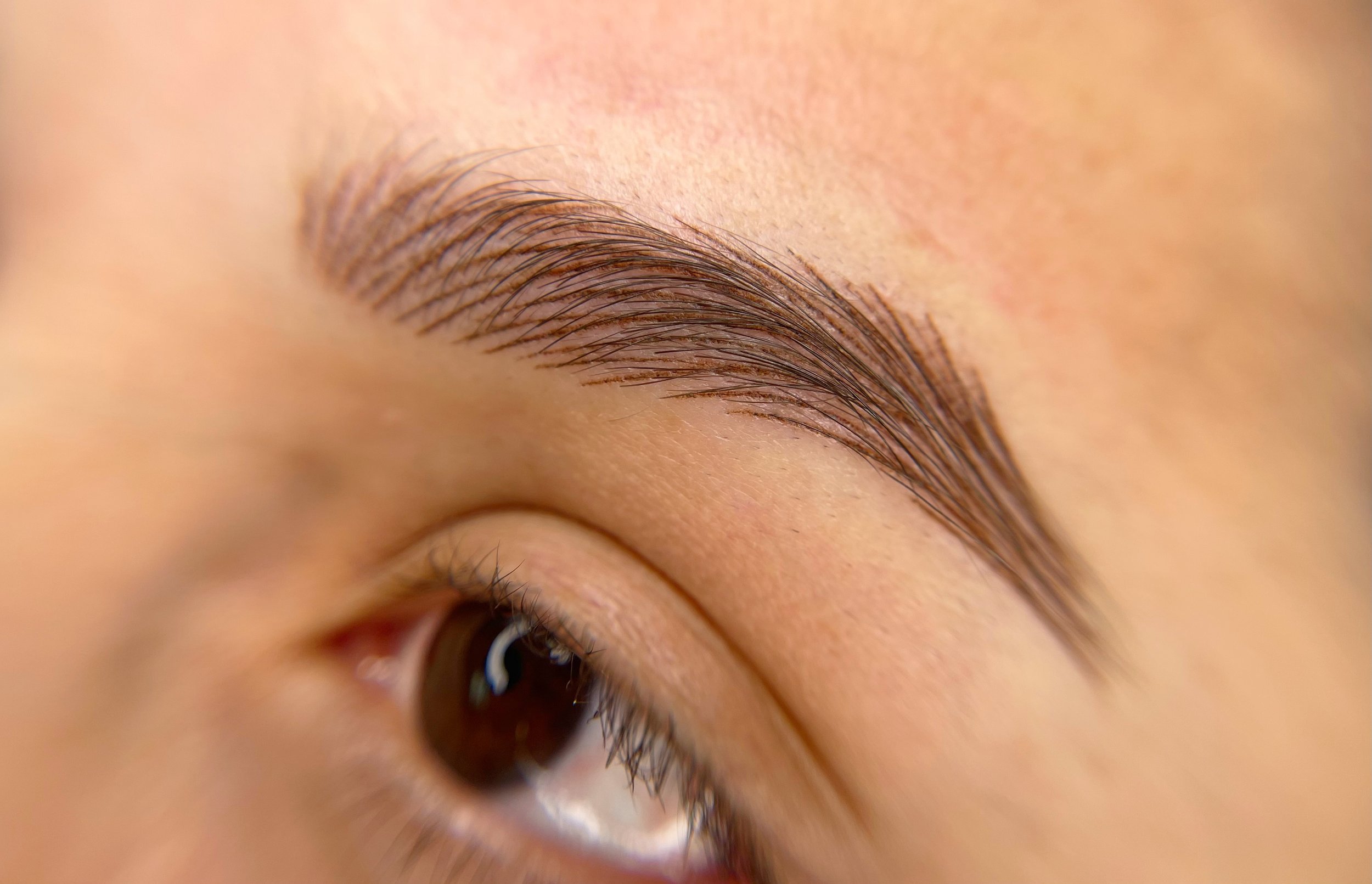
Goodbye Microblading,
Hello Nano Hair-Strokes
The Future of Brows
Nano Hair-strokes vs. Microblading: What You Need to Know
The world of permanent makeup is constantly evolving, and innovations now allow for more natural, longer-lasting, and skin-friendly results. While Microblading was once the industry standard, I now exclusively offer machine-based Nano Hair-strokes for superior precision, retention, and skin health.
If you're researching permanent brows, you've likely encountered Microblading—the term most people know. However, newer methods, such as Nano Hair-strokes, provide a far more refined, customizable, and beautiful alternative.
The Key Differences
1. Technique
Microblading:
Uses a handheld tool with ultra-fine pins arranged in a blade formation. This method slices the skin to deposit pigment, creating hair-stroke designs.Nano Hairstrokes:
Utilizes a digital rotary machine with a single needle that deposits pigment without slicing the skin. The result is softer, more natural hair-strokes with minimal trauma.
2. Suitability for Skin Types
Microblading:
Works best on dry, youthful, and resilient skin. In contrast, for individuals with oily, sensitive, or mature skin, the pigment tends to degrade over time, leading to uneven, patchy coverage.Nano Hairstrokes:
Suitable for all skin types, including oily, mature, and sensitive skin—ensuring better retention and consistently crisp results.
3. Healing & Retention
Microblading:
Often heals inconsistently, which can lead to pigment blurring, patchiness, discoloration, and unpredictable retention. Frequent touch-ups are usually required.Nano Hairstrokes:
Maintains true-to-color, sharp, and defined strokes that heal naturally. Retention is superior, typically lasting 18–24 months before a color boost is needed.
4. Customization & Longevity
Microblading:
Offers limited customization; the individual hair strokes cannot overlap, and the results tend to look patchy or discolored.Nano Hairstrokes:
Allows for adjustable parameters—such as needle size, stroke length, taper, and speed—to suit each client’s unique skin type. This technique enables overlapping strokes to create a natural 3D effect. Although the appointment takes longer (typically 4–5 hours compared to 1 hour for microblading), the results are much more durable.
Why I Choose Nano Hair-strokes
While I am trained in both techniques, I prefer Nano Hair-strokes for several reasons:
Gentler on the Skin: Minimal trauma leads to better healing and skin health.
Superior Results: Clear, defined, and long-lasting strokes that remain true to color.
Versatility: Suitable for all skin types, making it a better option for a wider range of clients.
Customization: Ability to fine-tune every aspect of the treatment for optimal pigment retention.
It's important to note that many terms like “Nanoblading” or “Nano Brows” can be misleading—if a technique includes the word "blade," it is still a form of Microblading. True Nano Hair-strokes are performed with a machine, ensuring maximum precision and long-term results.
Despite the longer procedure time, Nano Hair-strokes are a far superior method and require higher level of technical skill. The retention is dramatically better, and the overall aesthetic is more natural. For clients seeking an effective, lasting solution for their brows, the choice is clear.
Microblade Tool
Utilizes a handheld tool with several ultra-fine pins arranged in a blade formation. This tool is dipped in pigment and then used to slice the skin, creating fine, hair-like strokes.
Precision Rotary Device
Employs a single-needle cartridge with adjustable settings to tailor the technique for each client’s unique skin type. The needle rapidly moves in and out of the machine, depositing pigment in precise, micro-pixel strokes that mimic natural hair.


